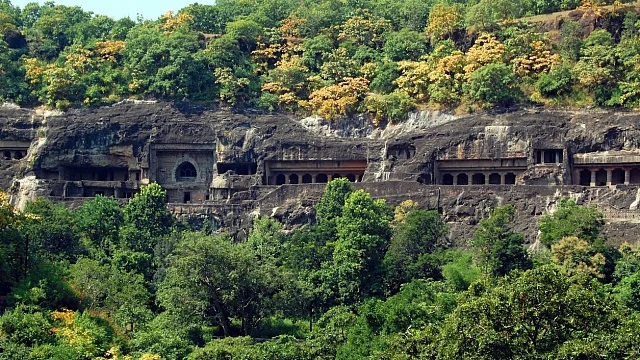India has taken a significant step in preserving its natural heritage by adding seven new sites to UNESCO’s Tentative List of World Heritage Sites. This move brings the total number of properties under consideration to 69, comprising 49 cultural, 17 natural, and 3 mixed sites. The newly recognized locations showcase India’s unique geological wealth, spanning millions of years of Earth’s history.
The seven sites include the Deccan Traps at Panchgani and Mahabaleshwar in Maharashtra, known for their well-preserved lava flows, and the St. Mary’s Island Cluster in Karnataka, which features rare basaltic columnar formations dating back 85 million years. The Meghalayan Age Caves in Meghalaya are also included, serving as the global reference site for the Meghalayan Age of the Holocene Epoch. Other sites include the Naga Hill Ophiolite in Nagaland, Erra Matti Dibbalu (Red Sand Hills) in Andhra Pradesh, Tirumala Hills in Andhra Pradesh, and Varkala Cliffs in Kerala.
These sites offer valuable insights into Earth’s history, with formations that provide clues to past climates and unique geological features. The inclusion of these sites in the Tentative List is the first step towards nomination for full UNESCO World Heritage status, which would provide global recognition and enhanced protection. Officials emphasize that this recognition underscores India’s commitment to conserving its irreplaceable geological treasures while promoting awareness of the planet’s natural history.
Beyond their scientific importance, many of these locations also hold cultural, ecological, and touristic value. The recognition of these sites is expected to raise awareness about India’s rich geological heritage and promote conservation efforts. With this addition, India strengthens its global heritage profile, highlighting its unique natural features and reinforcing its position as a significant player in global heritage preservation. The next steps will involve further evaluation and nomination processes, which could lead to these sites being designated as UNESCO World Heritage Sites, providing them with international recognition and protection.
